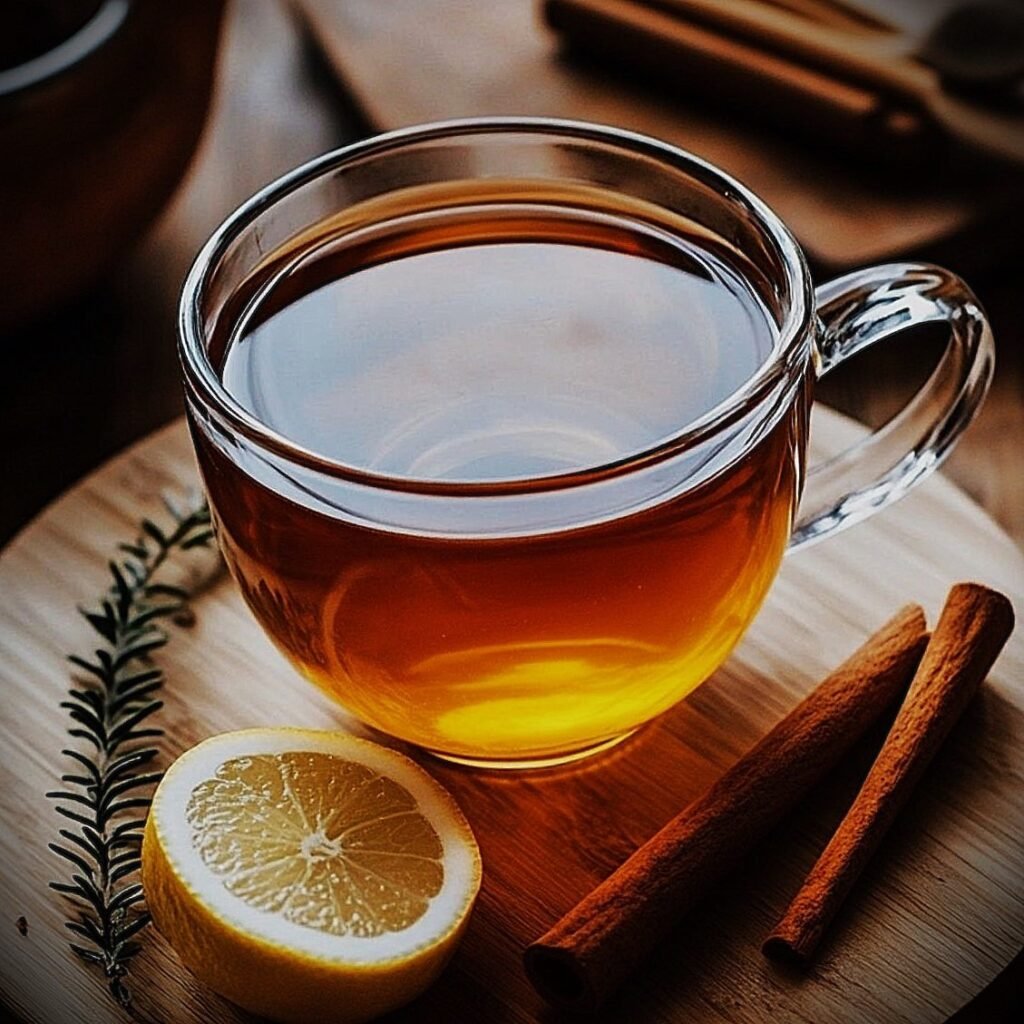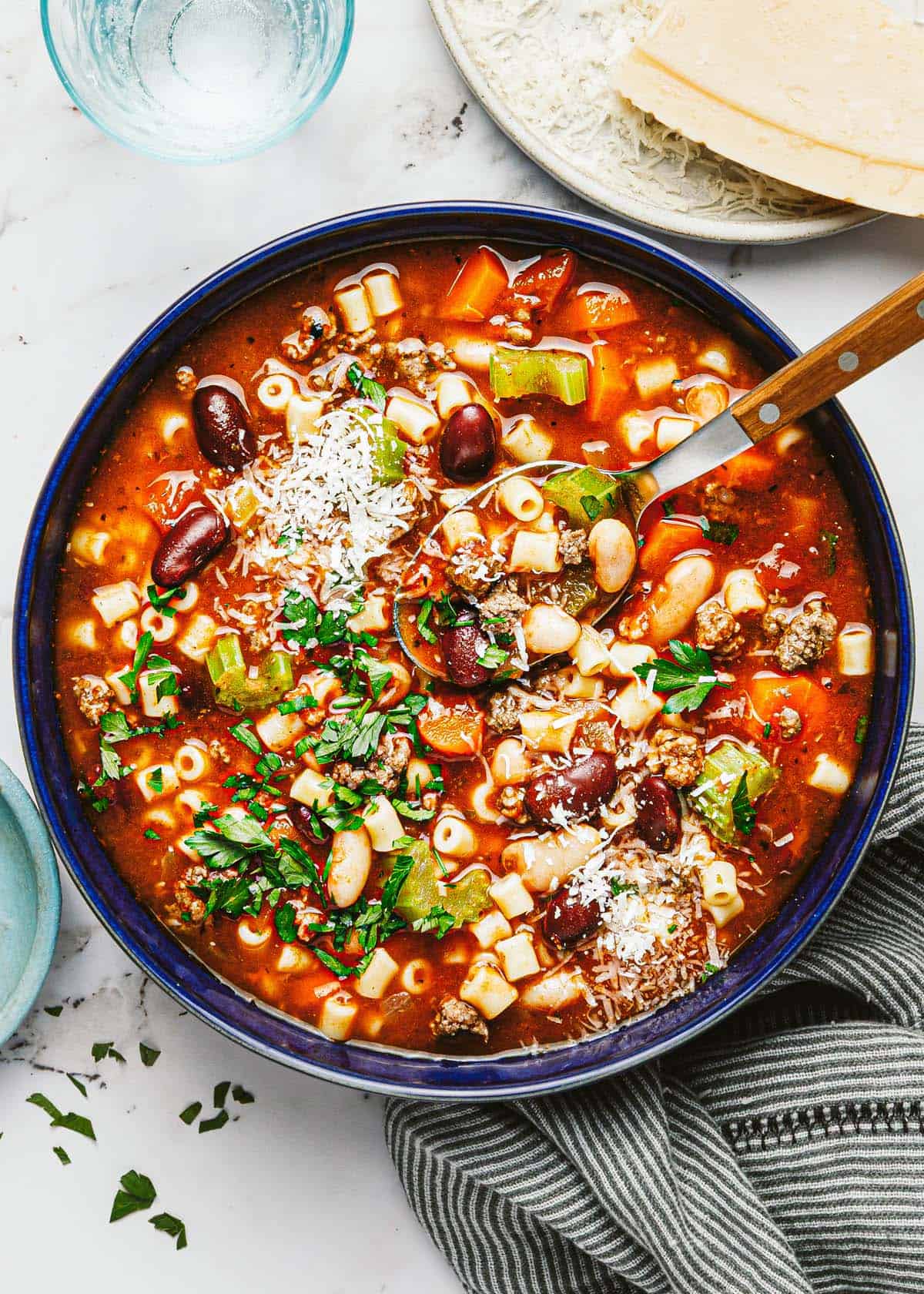Costa Rican Tea Recipe: A Traditional and Refreshing Drink from Central America

Preface
When most people think of Costa Rica, they imagine lush rainforests, pristine beaches, fantastic wildlife, and of course, world-famed coffee. While coffee has clearly made its mark on Costa Rica’s culture and frugality, there’s another warm libation that locals and callers enjoy: tea. Whether made from sauces, spices, or native shops, Costa Rican tea is more than just a drink; it’s a soothing tradition deeply connected to heartiness, hospitality, and daily life.
Still, you’re in the right place if you’ve been searching for an authentic Costa Rican tea form. Unlike traditional black or green teas generally set up worldwide, Costa Rican tea frequently uses locally grown leaves and constituents similar to lemongrass, gusto, mint, and hibiscus. These teas are known as tisanes( herbal infusions) and are treasured not only for their flavor but also for their health benefits.
In this composition, we’ll explore the history of tea in Costa Rica, discuss some of the most popular herbal teas, give an authentic Costa Rican tea form you can make at home, and share tips on variations, pairings, and artistic traditions. By the end, you’ll have everything you need to bring a taste of Costa Rica to your own kitchen.
The Part of Tea in Costa Rican Culture
Costa Rica is widely celebrated for its coffee, but tea has always had a presence in its culinary culture. Unlike countries where black or green tea dominates, Costa Ricans are partial to herbal infusions made with native plants and theater – grown sauces. These potables, frequently enjoyed in the evening, serve as natural remedies for digestion, relaxation, and overall heartiness.
Family Tradition Herbal teas are generally prepared at home, passed down through generations.
Natural Medicine,e, numerous Costa Rican teas are embedded in folk medicine, using sauces known for healing properties.
Hospitality Offering tea to guests, especially in the gloaming, is considered a gesture of warmth and care.
This artistic background makes the Costa Rican tea form further than just a dr;nk, it’s part of a way of life.
Common Sauces and constituents in Costa Rican Tea

The beauty of Costa Rican tea falsehoods in its simplicity and use of fresh, original constituents. Then are some sauces and flavors you’ll frequently find
Hierba Buena( Mint) is stimulating and cooling, perfect for digestion.
Lemongrass( Zacate de Limón) Citrusy and ambrosial, a favorite for relaxation.
Gusto ( Jengibre) adds warmth and spice while boosting immunity.
Chamomile( Manzanilla) A calming classic, frequently used for better sleep.
Hibiscus( Flor de Jamaica) is pungent and vibrant, enjoyed hot or iced.
Cinnamon and Cloves are Common additions for a warming, seasoned tea.
These sauces are frequently grown in home auditoriums or bought fresh at original requests, making tea medication an accessible ritual in Costa Rican homes.
Authentic Costa Rican Tea form
Now, let’s dive into a simple yet authentic form you can prepare at home. This interpretation uses lemongrass and gusto, two masses in Costa Rican kitchens, but you can fluently change them in other sauces to suit your taste.
constituents
2 stalks of fresh lemongrass( or 2 ladles dried lemongrass)
1 – 2 elevation fresh gusto root, sliced
3 mugs of water
1 – 2 ladles honey( voluntary, for agreeableness)
1 cinnamon stick( voluntary, for added warmth)
Lemon wedges( voluntary, for serving)
Instructions
Peel and slice the ginseng root.
Boil the Water.. In a medium saucepan, bring 3 mugs of water to a boil.
Add constituent::s. Add lemongrass, gusto, and cinnamon stick( if using). Reduce the heat to low and let poach for 10 twinkles.
Strain the Tea. Remove from the heat and strain the liquid into mugs.
Candy and Serve Stir in honey if asked and trim with a bomb wedge. Serve hot and enjoy.
This tea is naturally caffeine-free, making it perfect for gloaming when you want something soothing before bed.
Variations of Costa Rican Tea form
One of the main aspects of Costa Rican tea is its rigidity. Depending on the sauces available, you can produce endless variations.
Chamomile Tea: Replace lemongrass with dried chamomile flowers for a comforting infusion.
Hibiscus Tea( Agua de Jamaica) Boil dried hibiscus flowers in water, candy with sugar or honey, and enjoy hot or chilled.
Mint & Oregano Blend A refreshing combination frequently used for digestion after heavy refectives.
Spiced Tea: Add cloves, allspice, or nutmeg along with cinnamon for a cozy drink.
Cold Brew Version: Steep sauces in cold water overnight in the refrigerator for a stimulating iced tea.
Each variation highlights the inflexibility of the Costa Rican tea form and showcases the region’s rich natural closet.
Health Benefits of Costa Rican Herbal Teas

Costa Rican teas a n’t just scrumptious, they’re packed with health benefits. Depending on the sauces used, benefits include
Lemongrass supports relaxation, reduces anxiety, and aids digestion.
Gusto boosts immunity, reduces inflammation, and relieves nausea.
Chamomile promotes peaceful sleep and reduces stress.
Hibiscus helps regulate blood pressure and is rich in antioxidants.
Mint soothes the stomach and freshens breath.
For Costa Ricans, tea isn’t just about taste; it’s about heartiness and tone-care.
Pairing Costa Rican Tea with Food
Tea can be enjoyed on its own, but in Costa Rica, it’s frequently paired with light snacks or goodies. Some classic pairings include
Tortillas with Natilla( Sour Cream) A:: simple, comforting snack.
Fruit Plates: Pineapple, papaya, and mango alongside iced hibiscus tea.
These pairings make the experience of drinking tea indeed more pleasurable.
Costa Rican Tea Traditions
Tea time in Costa Rica doesn’t follow strict rituals like English autumn tea, but it has its own charm.
Evening Ritual Families frequently brew tea after regale, making it a combined moment of relaxation.
Remedial Use Tea is generally prepared when someone feels under thweatherer gusto for snap, chamomile for stressandnd thyme for indigestion.
Hospitality Gesture Offering a guest tea is a symbol of warmth and benevolence.
These traditions punctuate why the Costa Rican tea form is further than just a libation; it’s part of the social and artistic fabric.
Tips for Making the Perfect Costa Rican Tea
Use Fresh Sauces.. Whenever possible, choose fresh lemongrass, mint, or gusto for vibrant flavor.
Simmer, don’t boil.. Agentle poach extracts flavor without bitterness.
In Costa Rica, people frequently prefer natural agreeableness from honey rather than sugar.
Trial with composites. Don’t be hysterical about combining sauces — numerous traditional teas mix two or three.
Serve with Care: A ceramic mug or complexion mug enhances the cozy experience.
Constantly Asked Questions
1. Is Costa Rican tea caffeinated?
Most Costa Rican herbal teas are naturally caffeine-free, making them perfect for evening enjoyment.
2. Can I use dried sauces instead of fresh?
Yes! Dried sauces are frequently more concentrated, so use about half the quantity compared to fresh.
3. What’s the most traditional Costa Rican tea?
Lemongrass and gusto ttea are among the most common, but chamomile and mint are also masses.
4. Can I make it in advance?
Absolutely. Brew a larger batch, store it in the refrigerator, and enjoy hot or iced for over to 3 days.
Conclusion
Learning how to prepare an authentic Costa Rican tea form is a beautiful way to witness the warmth and hospitable traditions of this Central American country. From lemongrass and gusto to hibiscus and chamomile, Costa Rican teas punctuate the uproariousness of original sauces and the artistic significance of decelerating down, sharing, and nourishing the body.
Whether you enjoy it storming hot on a stormy evening or stupefied over ice on a sunny autumn, Costa Rican tea offers comfort, refreshment, and a touch of pura vida — Costa Rica’s notorious expression for a happy, simple life.





